Project Title: Workshop for Seismic Practice Needs for Buildings and Lifeline Infrastructure Located in the Central and Eastern United States
Client: National Institute of Standards and Technology (NIST)
Purpose: To develop a topical report that identifies and prioritizes research needs and associated outcomes required to advance seismic design and construction practices for new and existing buildings and lifeline infrastructure located in the Central and Eastern United States.

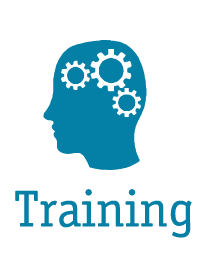

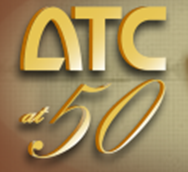
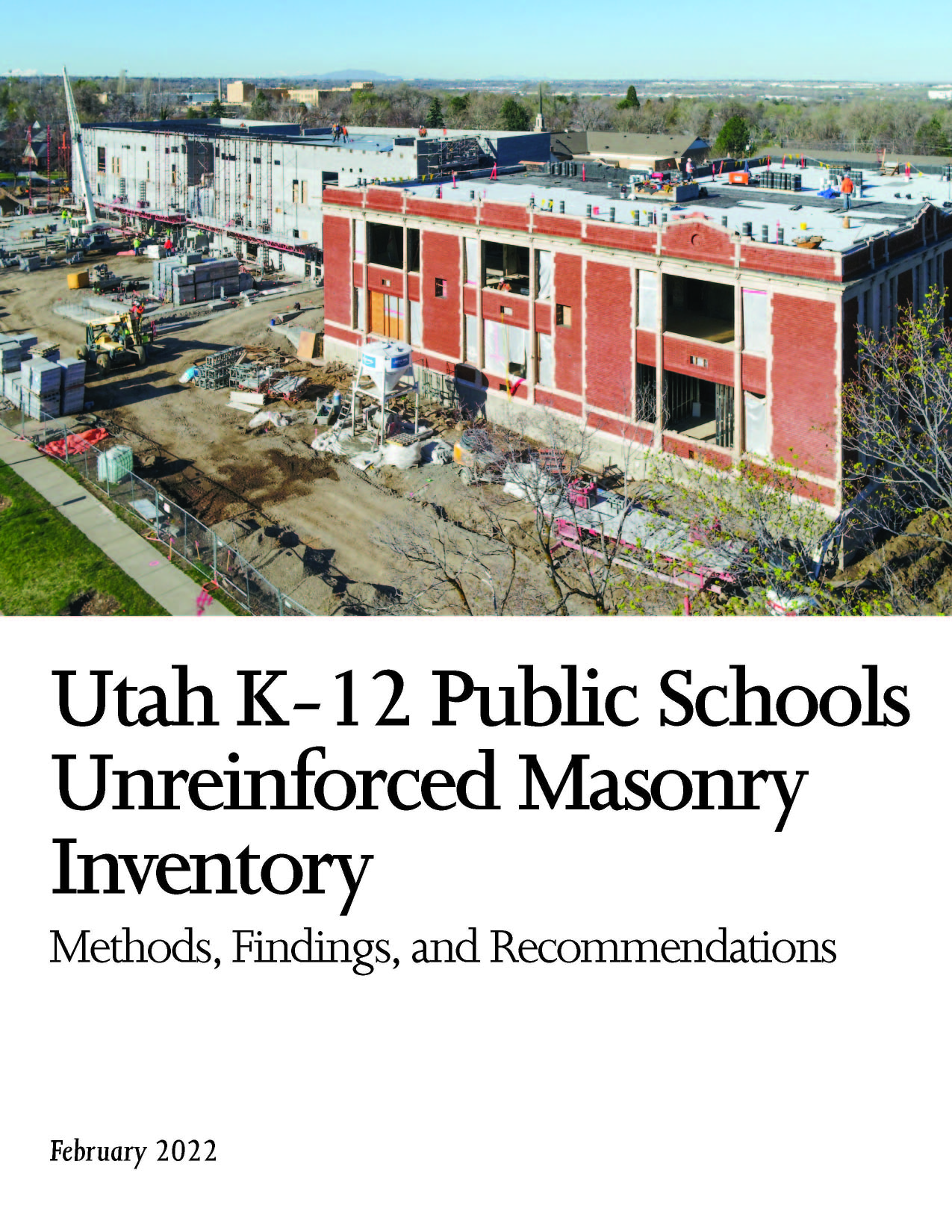
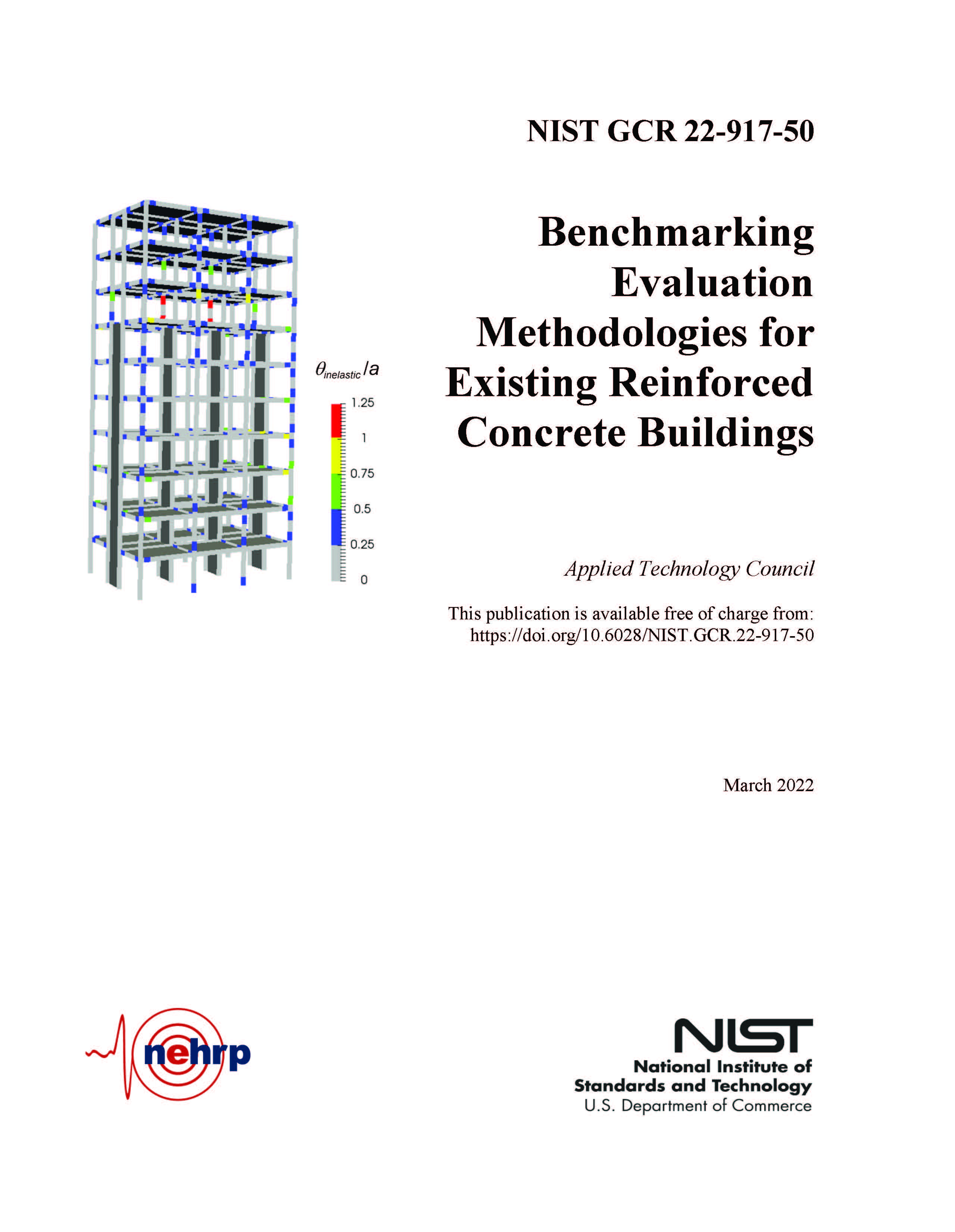
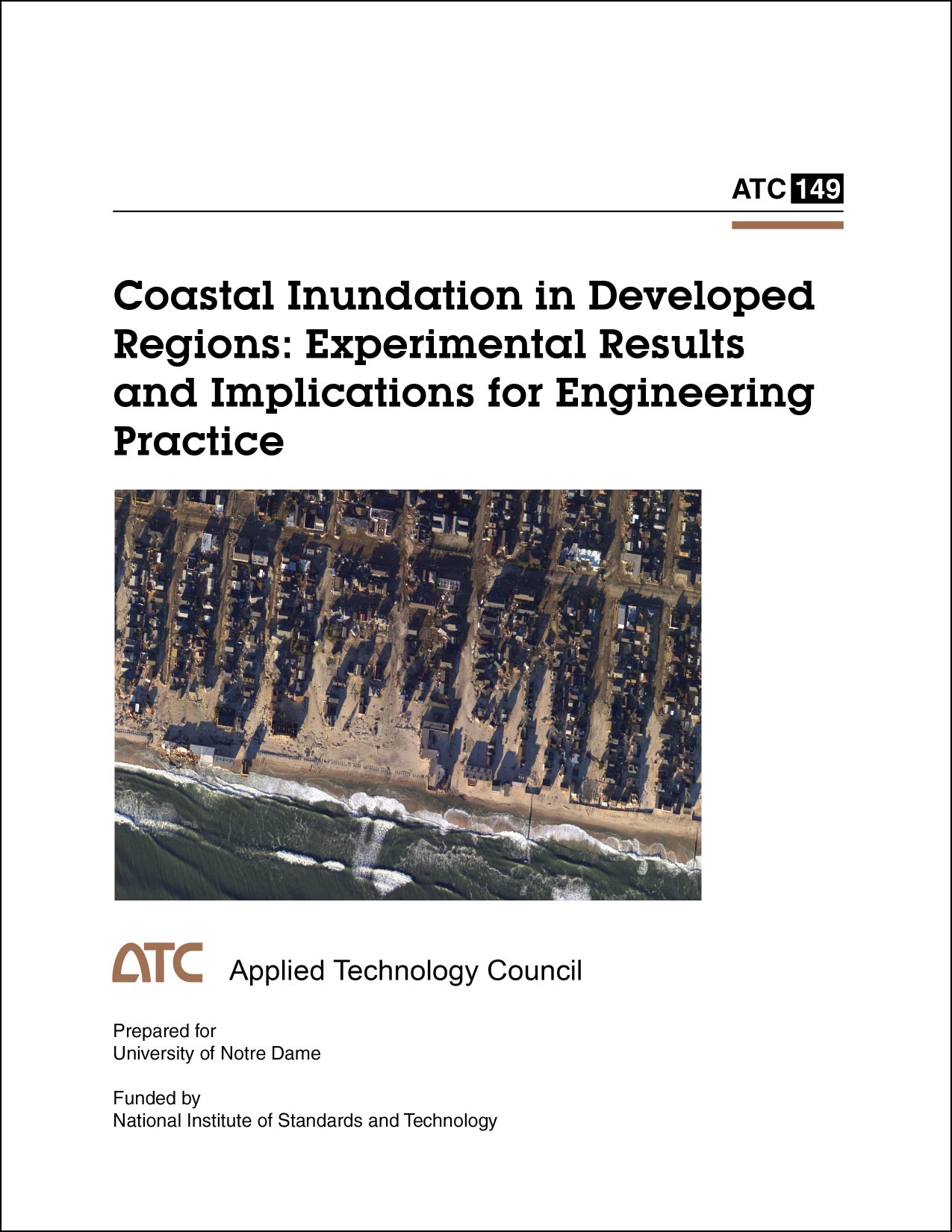
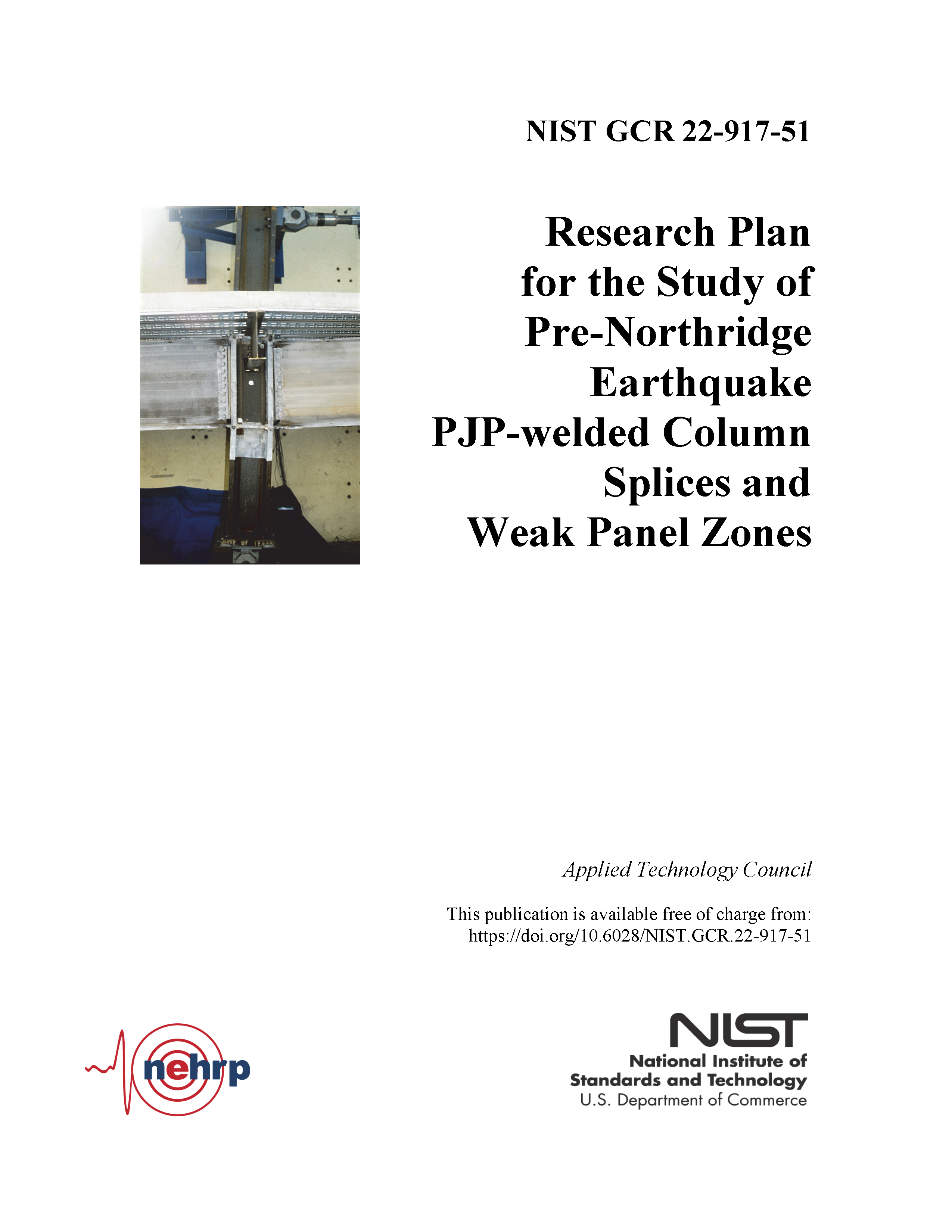
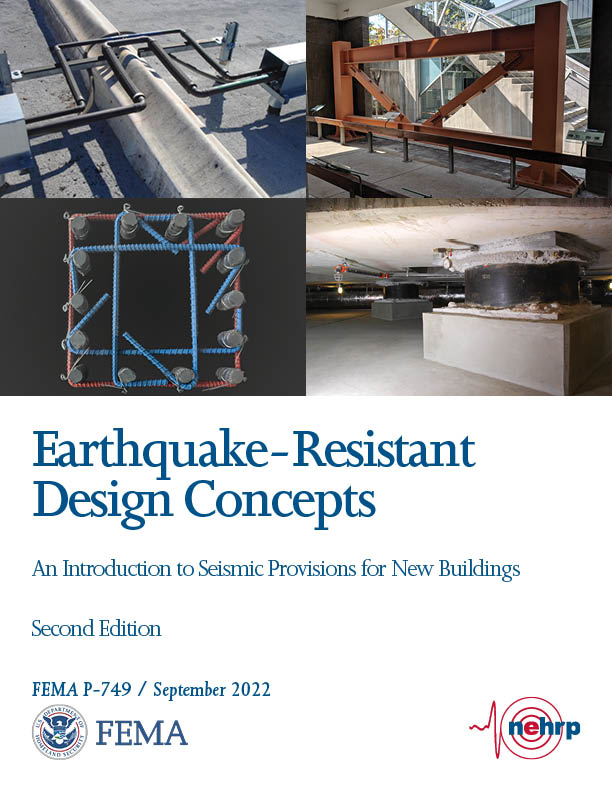
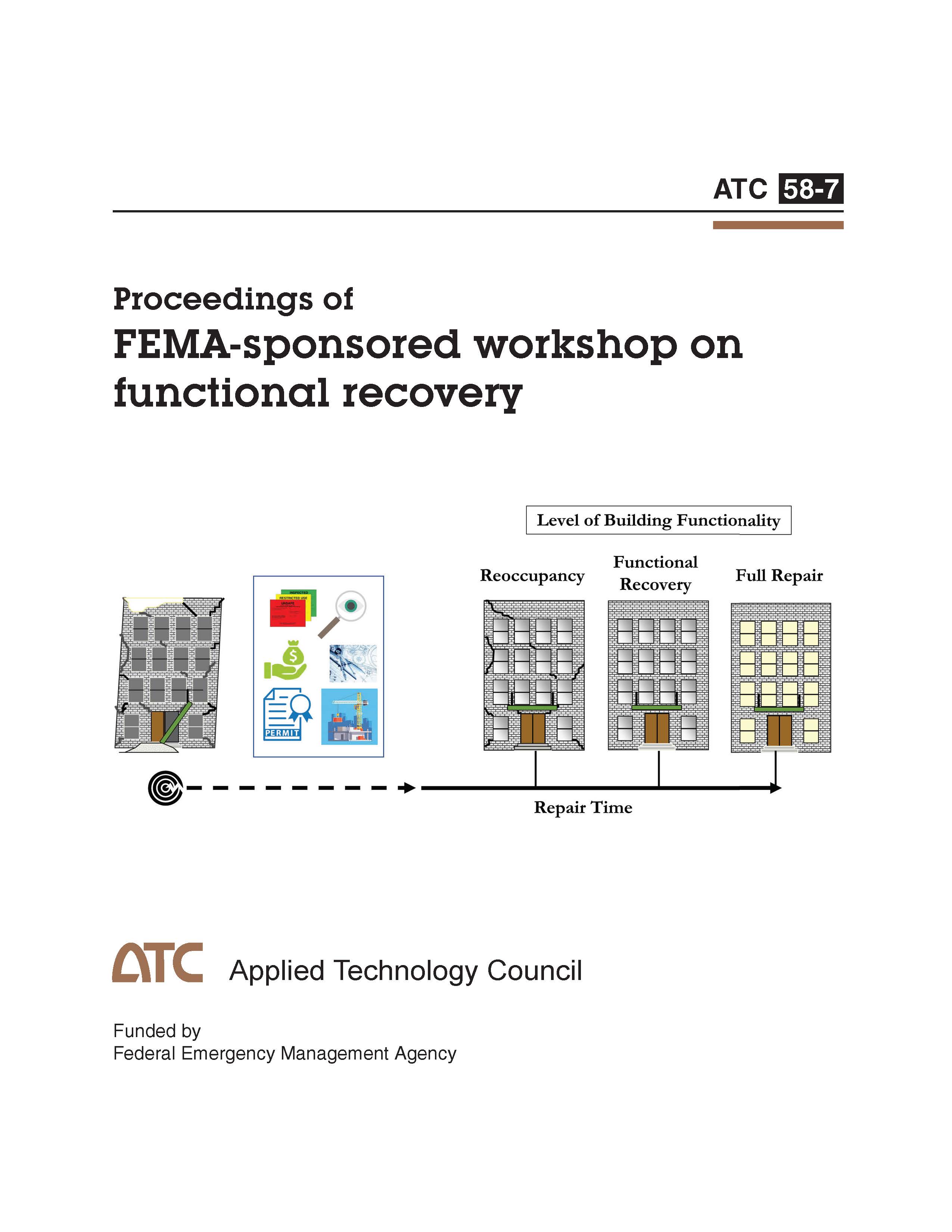
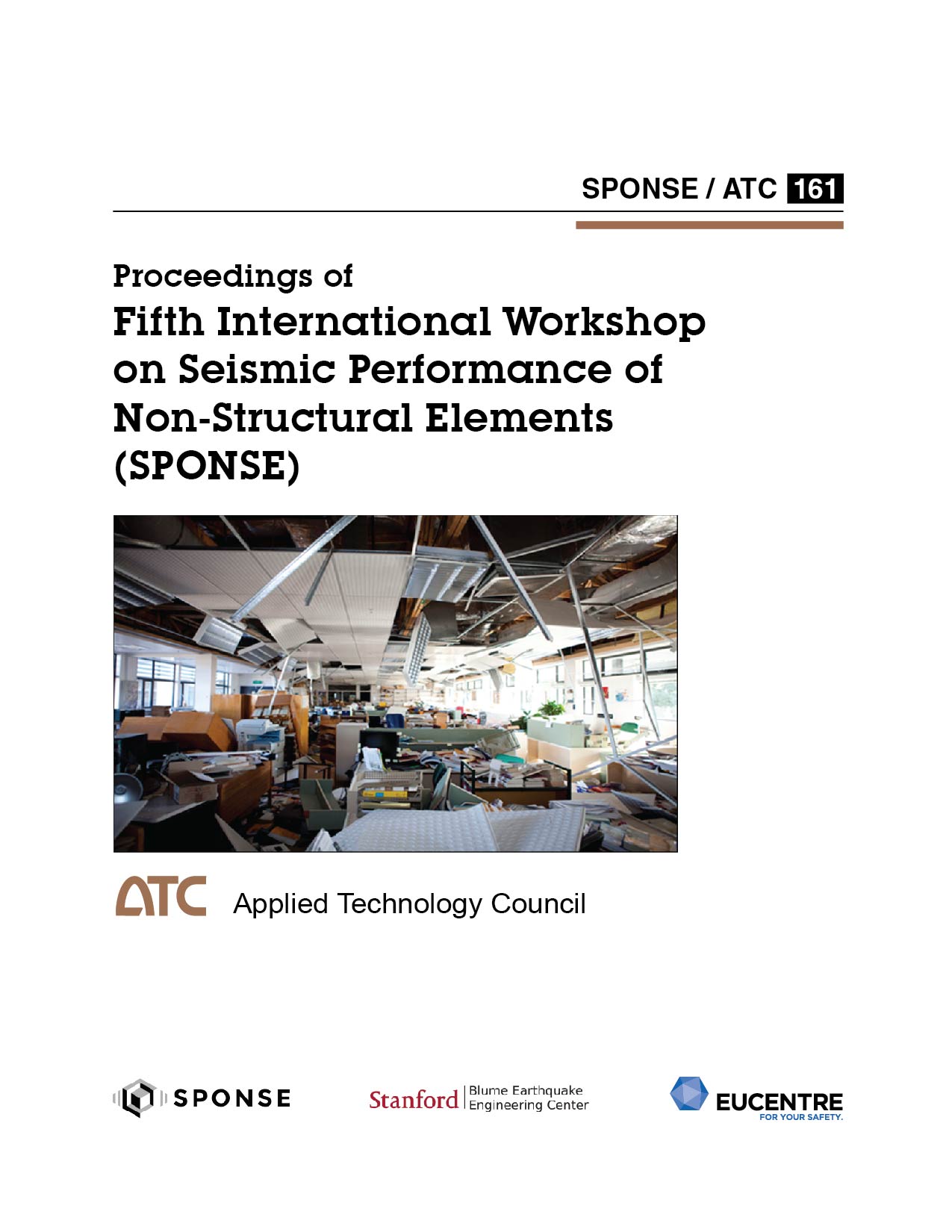
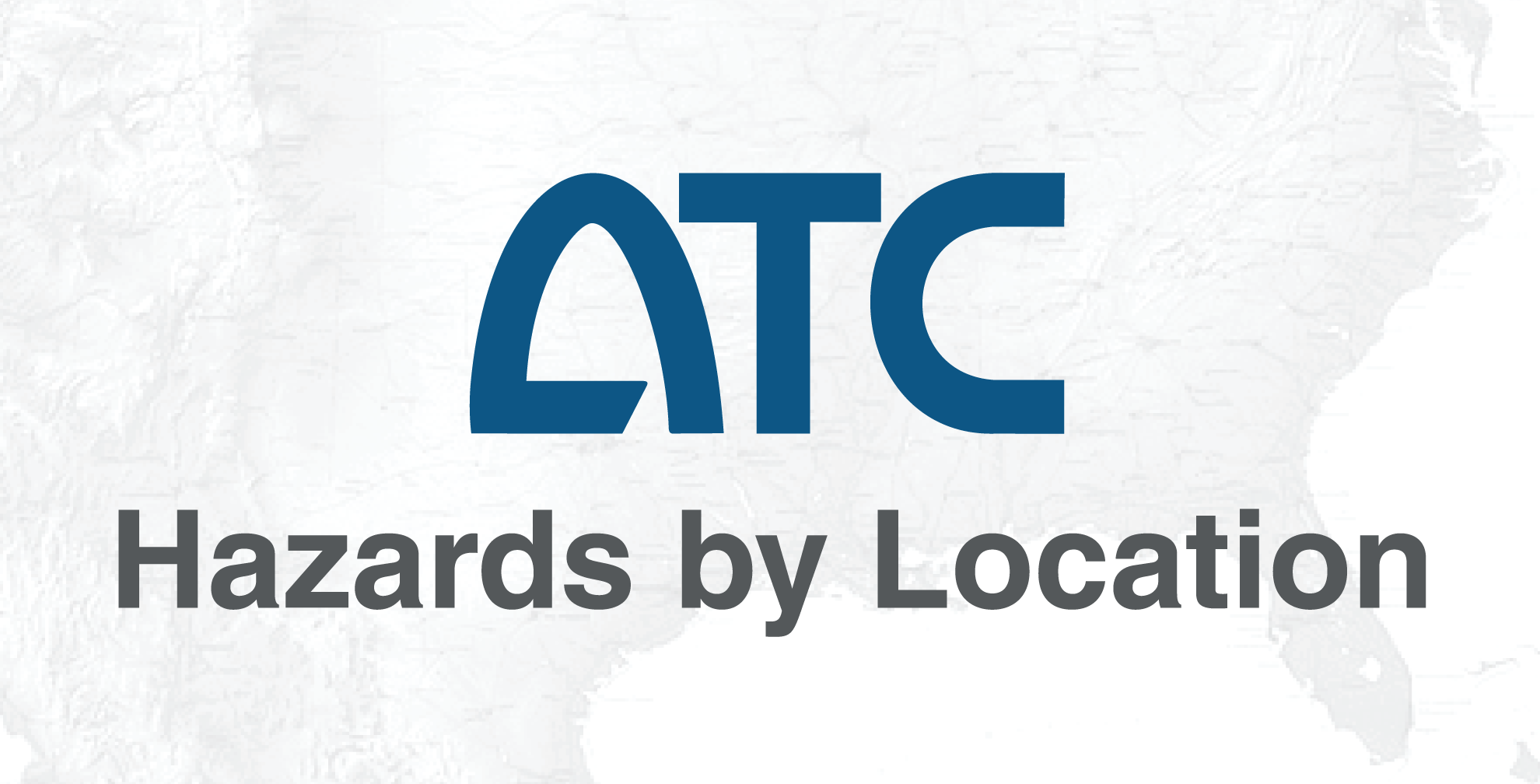 Project Title: ATC Hazards by Location Website for Geographic-Based Design Parameters
Project Title: ATC Hazards by Location Website for Geographic-Based Design Parameters